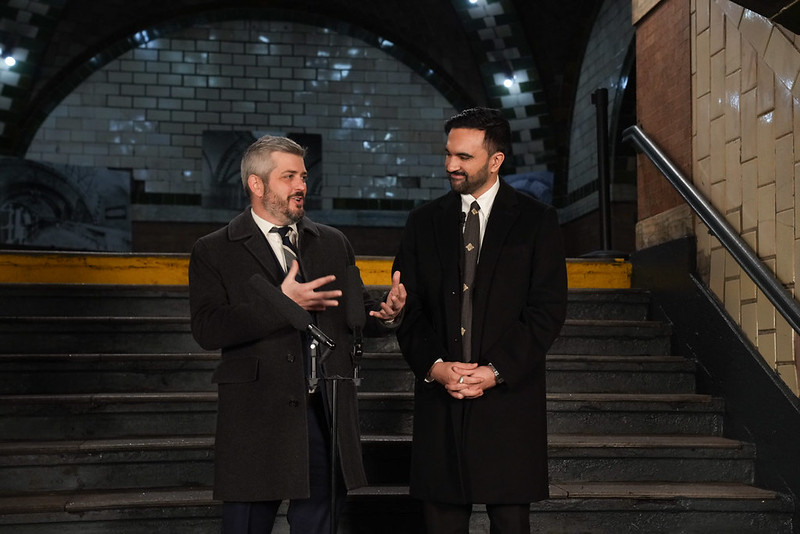The salting and plowing that comes with over 50 inches of snow has taken its toll on many Queens roads.
With potholes springing up on many major thoroughfares, driving can turn into an obstacle course avoiding them. And if they can’t be avoided, flattened tires, dented rims and other damage is likely.
“We’ve been very busy,” said Bruno Loia, a partner at D & H Auto Body in South Richmond Hill. “There are a lot of potholes out there.”
Besides flat tires and bent rims, your alignment and suspension are in danger when you hit a pothole, he said.
“Once you hit one of [the potholes] you don’t know what can happen,” he said.
“[The potholes] are dangerous when you hit them,” said Queens resident Fred King. “And even when you get out of the way they’re dangerous because you usually have to swerve to avoid them at the last moment.”
“[Potholes are] everywhere and the ones you don’t see is where the damage to your car really comes from,” said Don Carlvin, who added his daughter hit a pothole resulting in a flat tire.
According to a Daily News report, the DOT will continue to furlough workers in an effort to save money, extending pothole repair times.
“It took [the city] long enough to get rid of the snow,” said truck driver Vin Scandelli. “Let’s see how long until the streets are paved.”
So far this fiscal year, the DOT has filled over 135,000 potholes, including 30,000 in Queens. More than 55,000 of those potholes have been filled within the past six weeks.
The DOT remains committed to keeping the city’s streets as smooth as they can be, a spokesperson said.
Last fiscal year pot hole repair time rose to 5.6 days, up 1.5 days from the year before, according to the Mayor’s Management Report. Almost 300,000 potholes were repaired last year, while it is unknown the number caused by this year’s storms. If you spot potholes that need repair, you can go to www.nyc.gov and fill out a pothole complaint form or dial 3-1-1 to file a complaint.
“Every time I go out there seems to be more,” Scandelli said.
There isn’t much advice to be offered for drivers, according to Loia.
“Keep your eyes open, that’s the best advice I can give,” he said.































